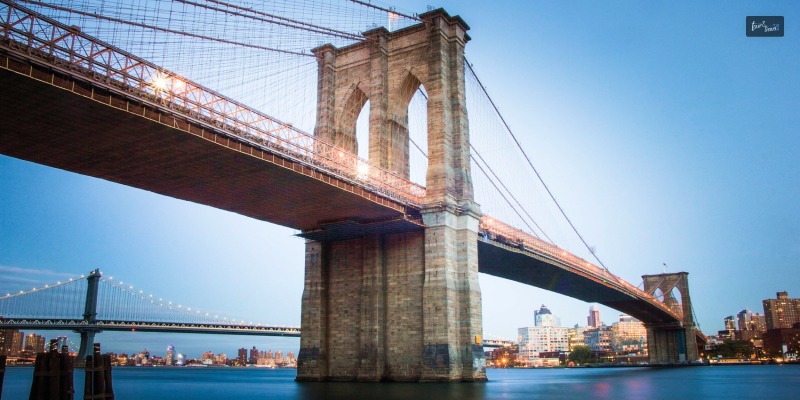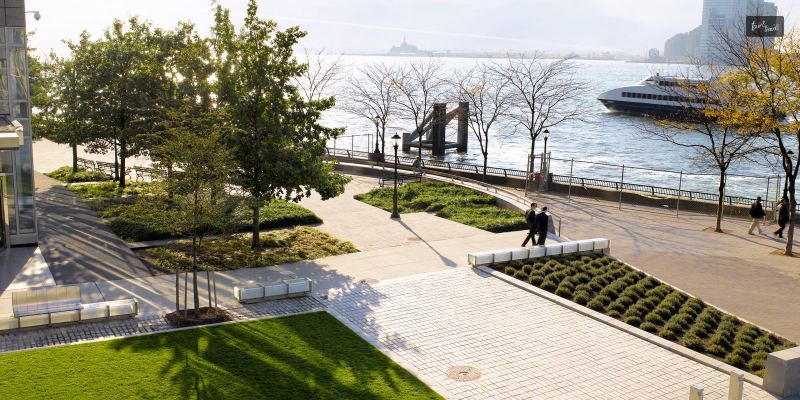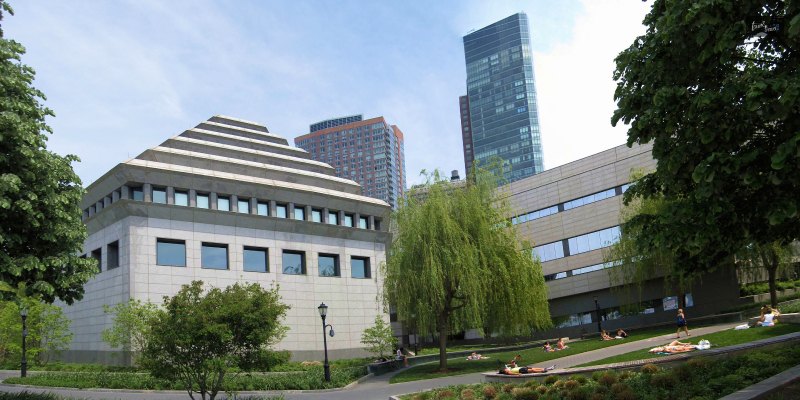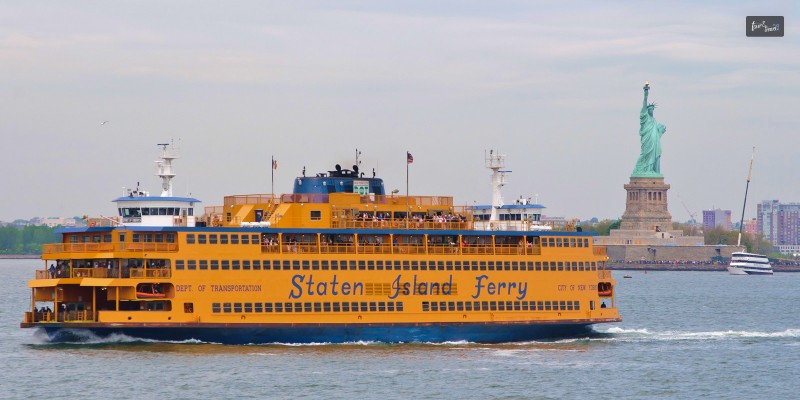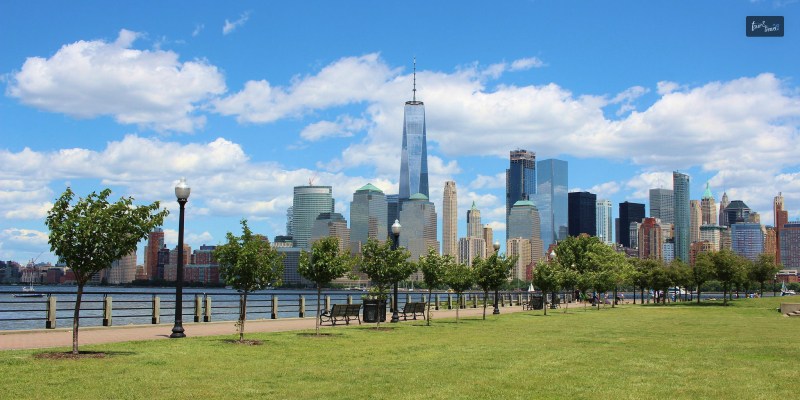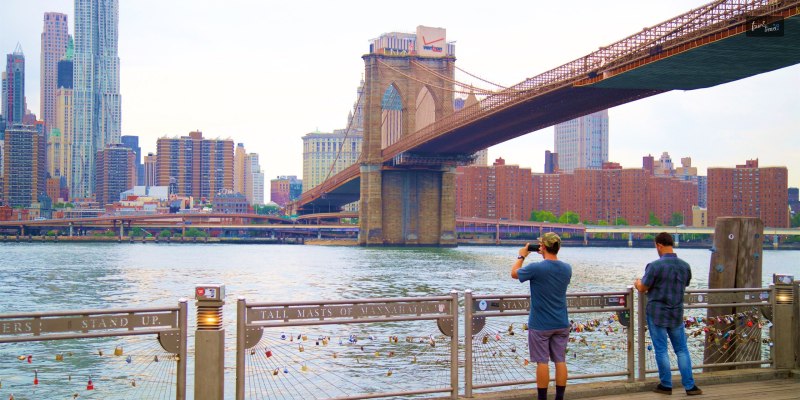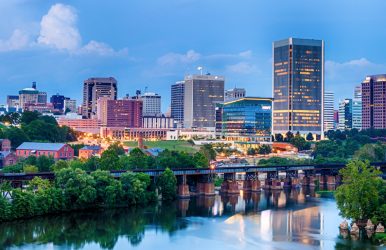Things To Do In Mexico City: Must-See Attractions
BY Abdul Aziz Sep 25, 2023
Mexico City, the nation's bustling capital, offers an extraordinary blend of history and contemporary life that awaits to be explored. Offering culture, traditions, and numerous experiences for visitors from around the globe. This metropolis caters to every taste and interest, from art connoisseurs to night owls, from those seeking natural wonders to budget-savvy adventurers. Amid abundant music events, festivals, and unique attractions, it can be easy to feel overwhelmed. Don't worry; we are your guide to all the top attractions and things to do in Mexico City. Join us on this voyage of discovery as we uncover its beautiful heart! 1. Go Shopping At La Ciudadela Artisan Market Get ready to indulge your inner shopaholic in this vibrant and long-standing market. La Ciudadela is a treasure trove of locally crafted wonders, showcasing everything from intricate textiles and dazzling jewelry to exquisite ceramics and charming toys. If you're looking for souvenirs or seeking that one-of-a-kind keepsake, La Ciudadela's artisanal shops are your go-to destination. You'll discover wooden jaguar heads, whimsically colored skulls, mesmerizing Huichol-decorated jugs, handwoven palm baskets, unique pots and plates, and a captivating array of other handcrafted gems. 2. Visit The Infamous Xochimilco Let’s set sail to the enchanting site of Xochimilco, which has been UNESCO-listed. It gives a truly unique experience in Mexico City. Tradition and nature converge here, offering a captivating glimpse into native life as one navigates the serene canals. Embarking on a vibrant trajinera boat tour in and around Xochimilco is an adventure never experienced. Moreover, it ranks high among the most optimum things to do in and around Mexico City. As you approach the canals, the air fills with the melodious tunes of mariachi bands as well as marimbas, creating an unforgettable atmosphere. Fear not, for local vendors abound, ensuring you don’t go hungry with their tempting offerings of regional cuisine. The tour’s pièce de résistance is undoubtedly the chinampas, these remarkable floating gardens, remnants of Aztec agriculture. Here, you’ll also encounter the intriguing sight of dolls hanging right beneath the trees, adding an extra layer of mystique to this already captivating journey. 3. Discover The Ancient Tales Of Templo Mayor The Templo Mayor Museum stands as a jewel across Mexico City’s heart, offering an immersive journey into the rich tapestry of pre-Hispanic history that shrouds the region. Erected in 1987, this museum serves as the custodian of archaeological treasures unearthed from what was once the revered Main Temple of the Mexican civilization. A marvel in its own right, the museum unfolds its wonders across eight distinctive exhibition halls, each weaving a unique narrative. A pilgrimage to the Templo Mayor bestows upon you the privilege of meandering through the relics of Tenochtitlan's paramount temple. On this hallowed ground, the echoes of an ancient empire still linger. Here, the past speaks through artifacts, a treasure trove that spans millennia. The museum proudly boasts the country's largest sculpture among its treasures, an awe-inspiring testament to Mexico's artistic prowess. For the fervent explorer of archaeology and history, the Templo Mayor is an indispensable pilgrimage, an opportunity to traverse time and uncover the secrets of a civilization that once thrived in this very soil. Don't let the chance slip through your fingers; make the Templo Mayor a must-visit on your journey through Mexico City. 4. Experience Local Culture In The Main Square Every year, Mexico's Day of the Dead transforms the Zócalo, the nation's heart, into a vibrant tapestry of cultural heritage. This iconic celebration is an unmissable immersion into one of Mexico's grandest traditions. This ancient rite is reinvigorated in the Main Square with abundant traditional cuisine, a sea of flickering candles, and a kaleidoscope of vibrant decorations and blooms. Even before its conversion into the central plaza during the colonial era, this hallowed ground had long served as a gathering place for the Aztec civilization. As the historic nucleus of Mexico City, the Main Square boasts an array of buildings that stand as testaments to architectural as well as cultural legacies. Meandering through this illustrious square, one can't help but be awed by these time-honored structures, making it an incredibly budget-friendly activity for anyone exploring Mexico City. After reading this, if you are excited about staying in Mexico permanently, it’s time to consider moving to this country. While immigrating to Mexico might seem daunting, it is not! With a good immigration lawyer on your side, things will get easier. 5. Get Rowdy At The Corona Capital The Corona Capital Festival is an extraordinary opportunity to immerse yourself in electrifying live performances by global music sensations. Nestled in the heart of Mexico City, this vibrant festival showcases a diverse array of musical talents. It ranges from established icons to the freshest talents, particularly within rock and alternative music. Still on the fence? Brace yourself for this year's headlining acts. It includes the sensational My Chemical Romance, the mesmerizing Arctic Monkeys, as well as the captivating Paramore, among other musical luminaries! If you're seeking a break from the typical tourist attractions and yearning for an unforgettable experience, this Mexican festival is an absolute must on your agenda. Regrettably, Corona Capital significantly shifted in 2013, no longer featuring local or Spanish-speaking performers. For those pursuing a more intimate festive experience in Mexico City, look no further than the Nrmal Festival. This hidden gem offers an eclectic roster of experimental and independent artists, promising a sonic journey that will introduce you to uncharted musical territories and likely unearth new favorites. 6. Watch A Movie In A Floating Cinema Mexico City is an extraordinary destination in its own right. But Lanchacinema offers an unparalleled and exclusive cinematic adventure that is truly one-of-a-kind worldwide. Embark on an unforgettable evening of film as well as fun while drifting through this vibrant metropolis's tranquil waters. Every first Saturday of the month, nestled deep within the enchanting Chapultepec Forest, awaits your chance to recline as well as unwind, completely immersed in the magic of your preferred movie. Picture yourself under the starlit sky, savoring a popcorn-filled night out on a boat. Let the Lanchacinema transport you to a cinematic realm like no other. To Sum It Up! Mexico City offers many distinctive adventures as well as surreal experiences that will satisfy any traveler’s wanderlust. From Oaxaca’s vibrant streets to Tulum’s breathtaking beaches as well as the tranquil beauty of Puerto Vallarta, there is something for everyone in this diverse country. With the assistance of Travel-Wise's AI Trip Planner, planning your trip has never been easier. This innovative tool provides contextual material based on your travel queries. It ensures that you get all the information you need to maximize your vacation. Travel-Wise makes planning your trip effortless so you can relax as well as unwind during your Mexico City getaway! So what are you waiting for - start creating your perfect Mexico City escape now with Travel-Wise! Read Also: You Won’t Believe The Best Things To Do When In Fiji! Some Of The Best Things To Do In Navarre Beach, Florida Top 10 Beaches In Gloucester In Massachusetts – Travel Guide


